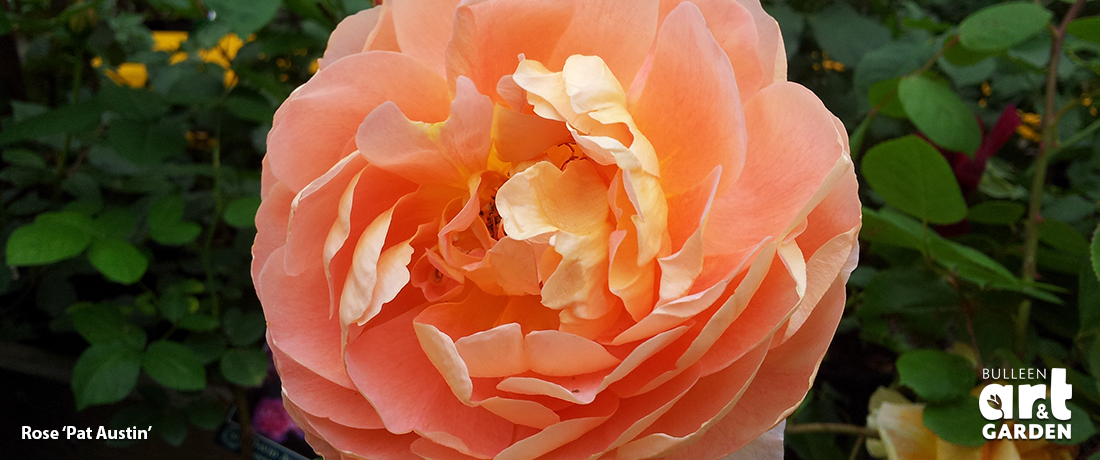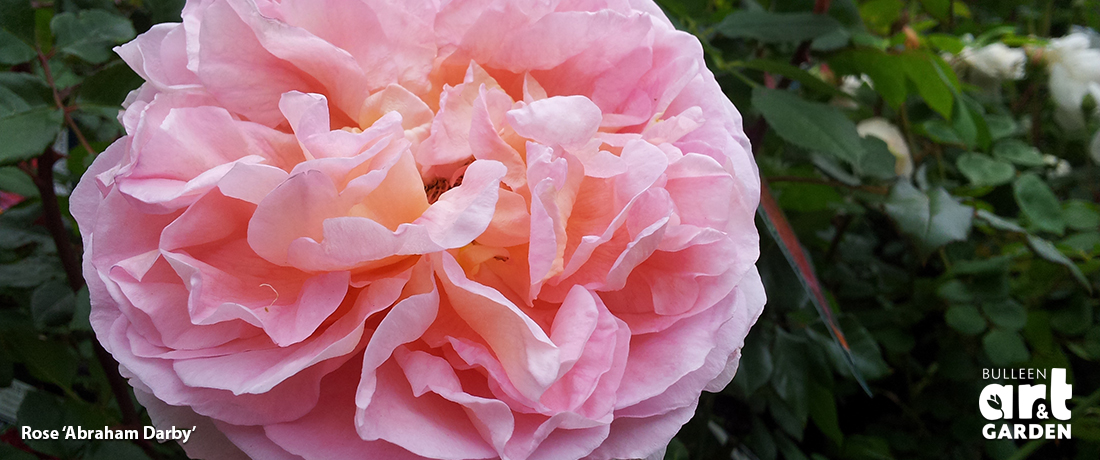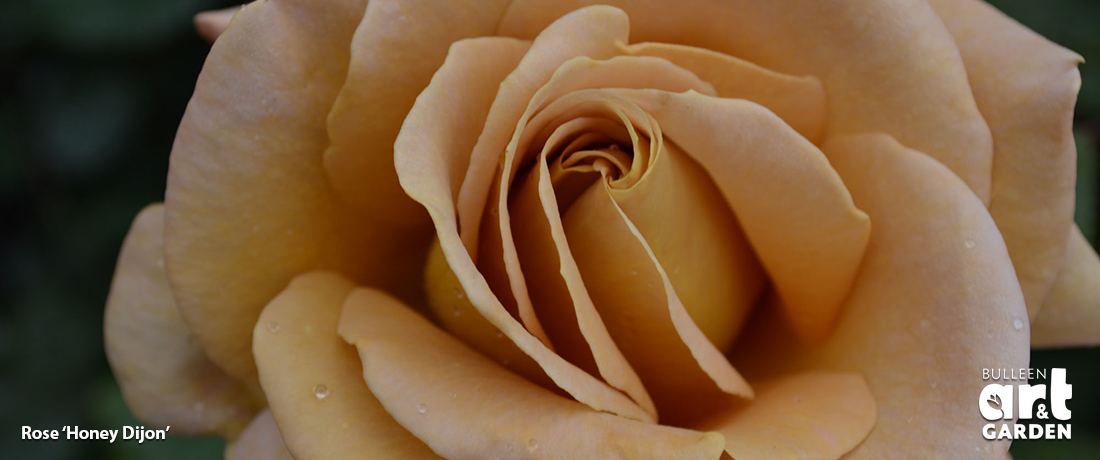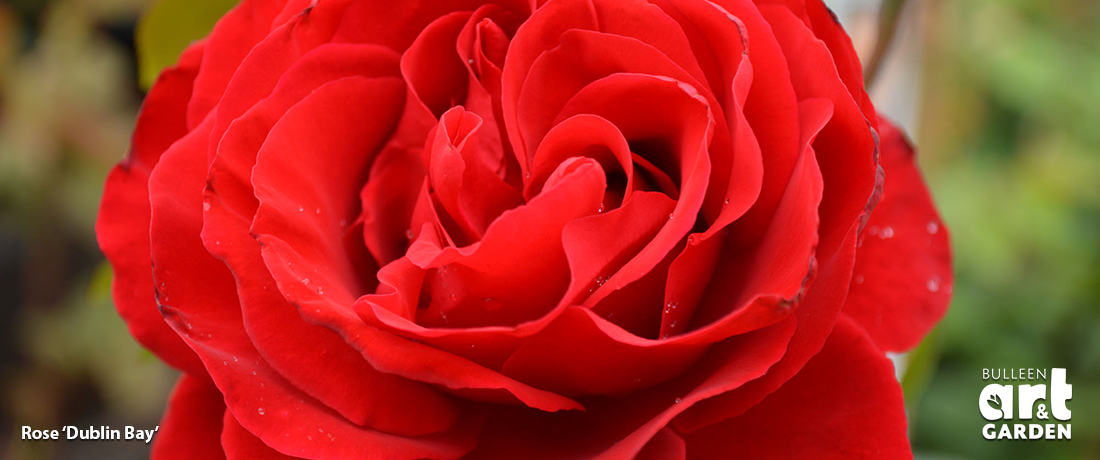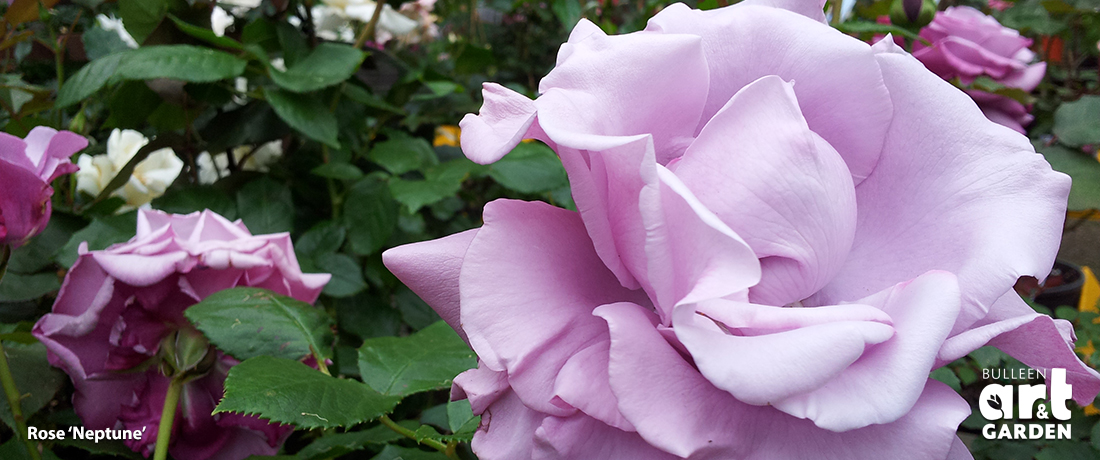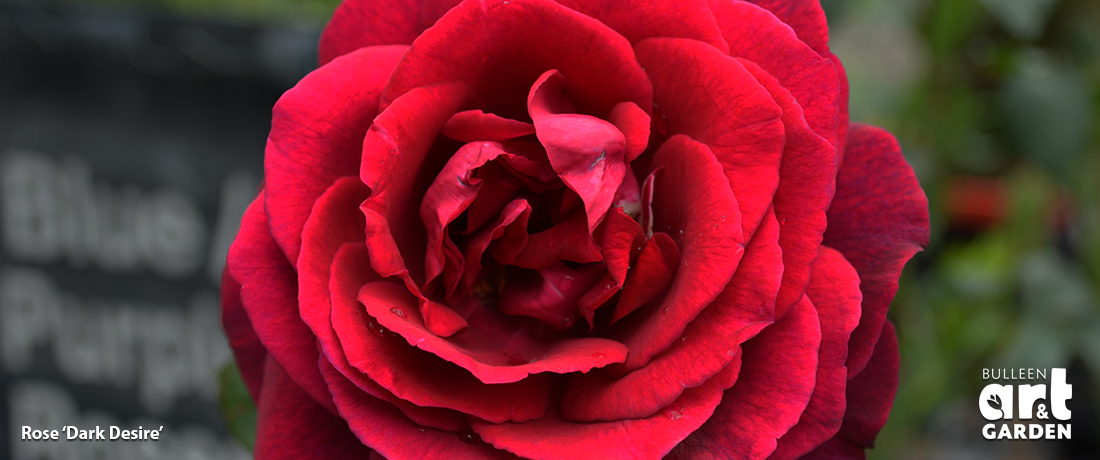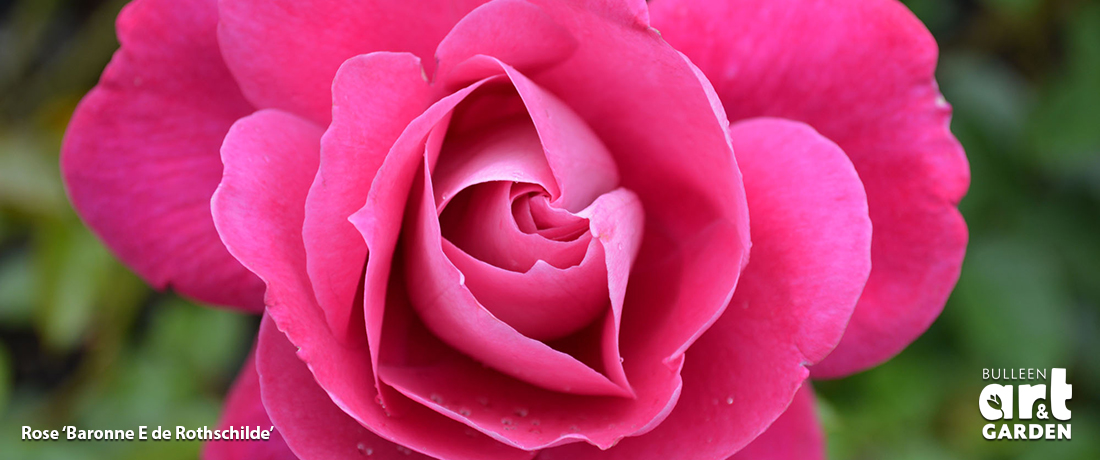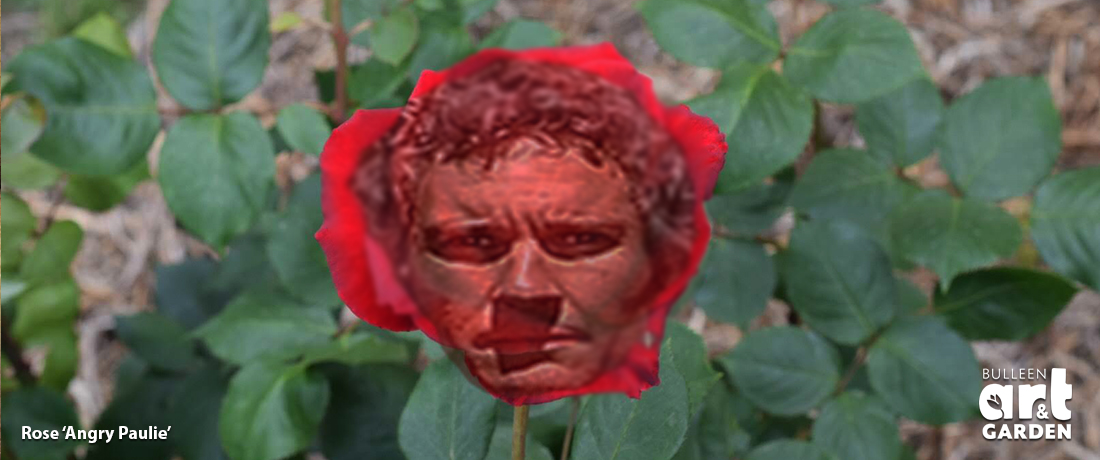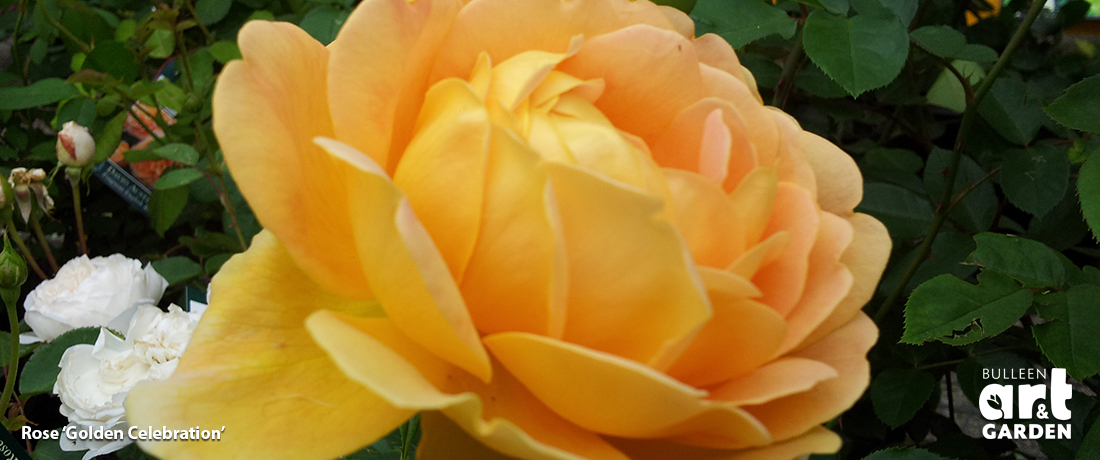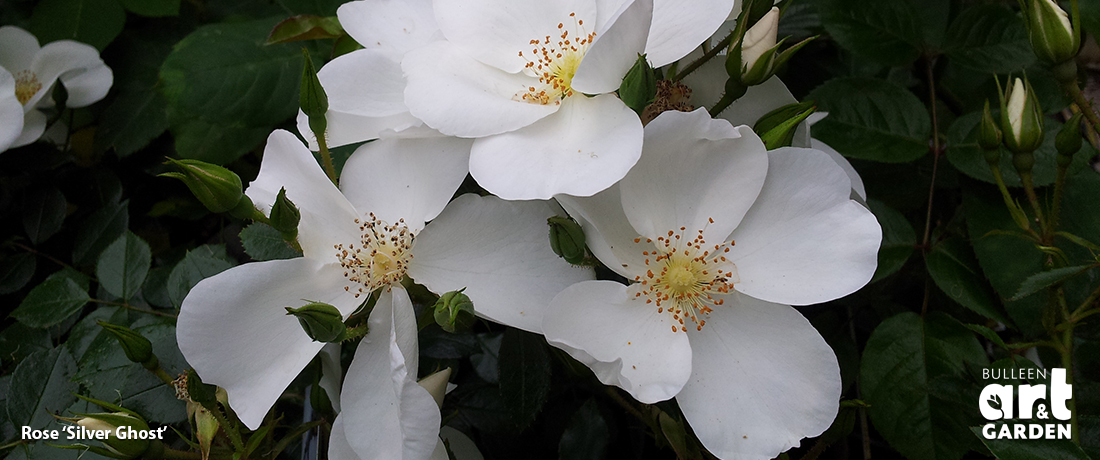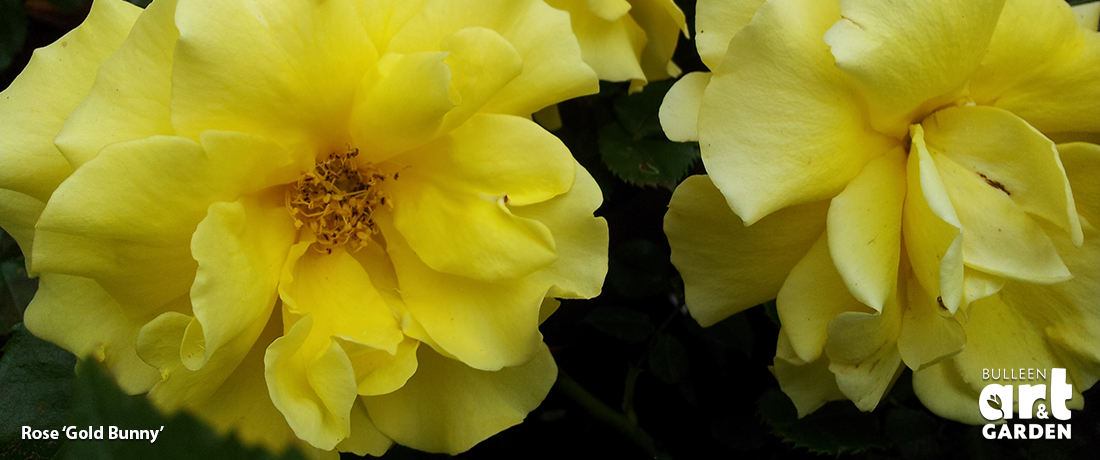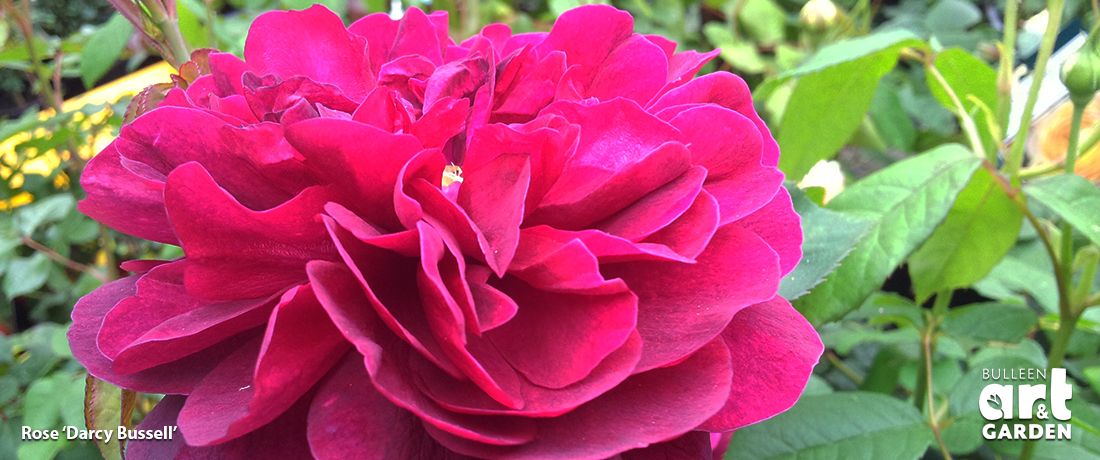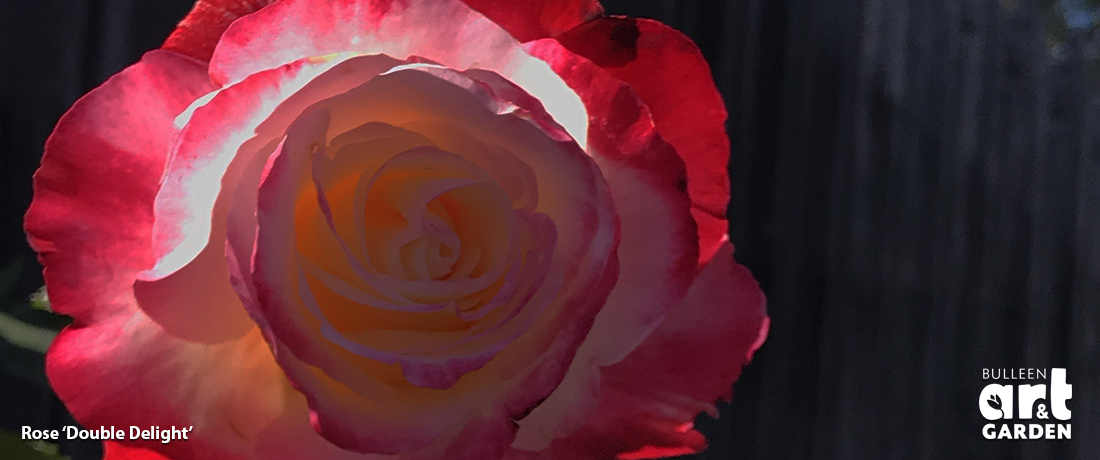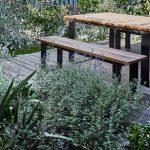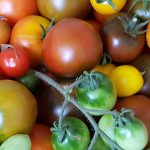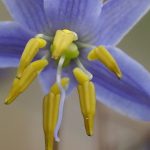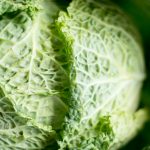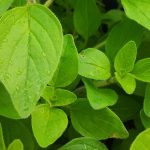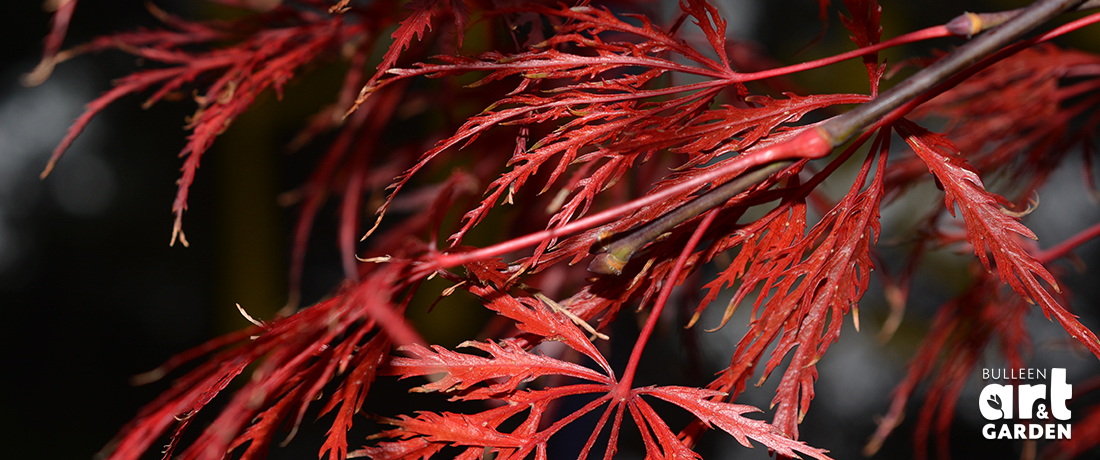
Autumn foliage is at its most stunning. The cold days and nights bring out the deep reds, oranges and buttery yellows in our wonderful deciduous trees. It is not just the eyes which can feast, the Katsura tree throws off a scent of toffee as their leaves change, and quince are ripening with their heady scent. The orange orbs of the Persimmons are gorgeous hanging on the trees, and so delicious too – what more could you ask for?
Take the time to enjoy autumn’s late flowering salvias, and chrysanthemums. Plant Hellebores, cyclamen and Daphne now for winter delight. Did you know that Daphne are semi-deciduous? At this time of year they can start looking yellow and spotty and loose some of their leaves. Resist the urge to feed and water as they cannot handle such love at this time.
Now that the autumn rains have started, it is the perfect time to plant natives. Local indigenous tube stock can be planted now and should establish before the heat of next summer. Correas are flowering now, and the Grevilleas are just starting, so rug up and enjoy May in your garden!
In Your Produce Garden – What to do
May is your last chance to plant cool season vegies before winter. So go on, what are you waiting for? Try some beetroot, carrots (by seed or punnets of round carrot), celery, leeks, onions, lettuce, parsnip (seed), turnip (seed), radish (seed), radicchio and spinach and silverbeet. If you don’t already have a vegie garden, and are not sure where to start, have a look at our factsheet on Vegie Patch Basics.
Top up your beds with manure and compost as summer vegetables will have used up a lot of the soil’s nutrients. This will feed and condition the soil and help with water retention.
No need to manure beds in which you will plant root vegetables. Too much manure can make carrots fork. Manure is full of nitrogen, which is great for all the leafy vegetables, but not so great for the root vegetables.
Flowers in the vegie patch add some cheer to otherwise dull winter gardens so plant some Calendula, Alyssum and Viola. They’ll help keep beneficial insects around and the petals of Calendula and Viola are edible. If you are planning to plant a fruit tree, dig in some compost and manure to where you want to plant fruit trees this winter. Our full range will start arriving in June.
To control the Cabbage White Moth pest on your Brassicas (cabbage, cauliflower, broccoli, brussels sprouts, rocket, asian greens) use insect netting. Brassicas are leafy veg and don’t need pollination, so you can keep the insect netting safely on until harvest. If you don’t want to go down the netting path, then there is Dipel which is an extremely effective organic pesticide. It has the advantage that you don’t need to spray the caterpillar (which you can never seem to find), just spray the leaf. Dipel is made from a naturally occurring bacteria that’s particularly harmful to caterpillars but safe for other insects and mammals. Use in the evening, as it is not very UV stable, so it gives it a longer time to work before it degrades in the sunlight.
Prune cane berry plants (Raspberry, Boysenberry, Youngberry). Cut to the ground all the canes that fruited last year and tie the rest to the trellis in bunches. The autumn fruiting raspberry is the exception, once it has fruited, cut all canes back to the ground.
Apricots are prone to disease if you prune in winter, so they are pruned in autumn as their leaves yellow and start to fall instead. Prune them now if you haven’t already. Pruning apricot trees now ahead of winter will help to avoid gummosis disease.
Remember to leave room in your garden for seed potatoes, rhubarb, garlic, and asparagus which will be available in winter (some garlic has been available since March).
Mushrooms
Autumn is a good time for mushrooms too. There are boxes of mushroom spores available that are easy to grow if you follow the simple instructions. There are a couple of different types available – Swiss Brown and White button, and kids love watching them grow and harvesting them. Remember to keep the mixture moist and cool at all times.
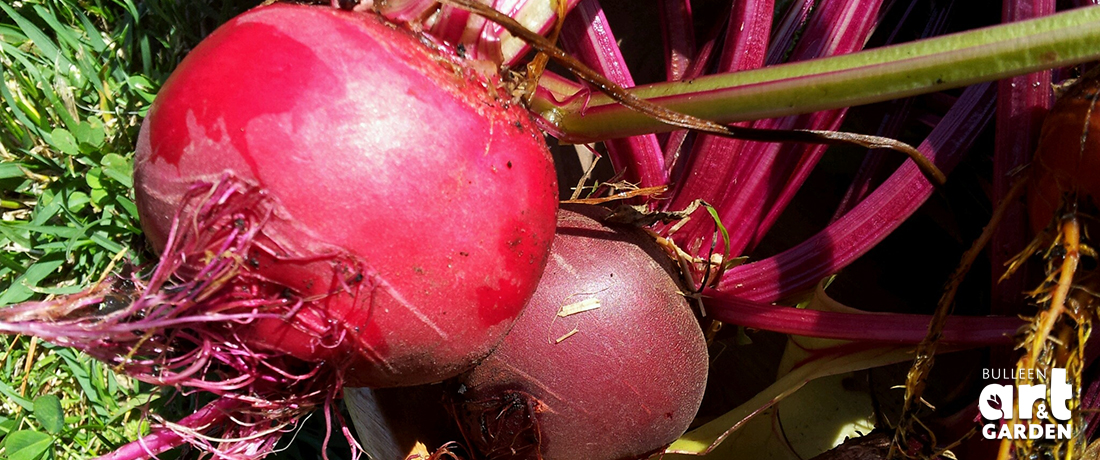
In Your Produce Garden – What to plant
Click here for a full list of herbs, fruit and vegies that can be planted in Melbourne this month.
Three plants that are frustrating when you’re trying to grow them in spring and summer are coriander, rocket, and spinach and silverbeet. They love the cool weather so put them in now. They grow easily from seed so plant both a punnet for quick harvest and some seeds for later. Parsley, mint and chives are also good for planting now. Thyme, rosemary and oregano are OK for planting but won’t grow much until spring. Steer clear of basil, perennial basil, marjoram and sage as they really dislike the cold.
Asian Greens are the fastest growing vegies you can get. Feed them and water them well and they’ll reward you in as little as 3 weeks with a harvest! They love cool and mild weather and include Bok Choy, Pak Choy, Mizuna, Mitsuba, Tatsoi, Giant Red Mustard and Mustard Greens. Garlic is traditionally planted just after the autumn equinox (which is around 20th March) for maximum growing time. This is because shorter days make the leafy part of garlic grow, then when we pass the spring equinox (around the 22nd September), the energy stored in the leaves starts getting used to make you some nice fat garlic bulbs for summer harvest.
Broad beans and peas can be sown in your limed beds now. Plant them from seed as they prefer not to be transplanted from a punnet, they are the easiest things to grow from seed, they are great value if you direct sow, and you can get all sorts of varieties from seed. You can still plant out cabbage, cauliflower, brussels sprouts and broccoli this month, but you may not get a harvest until spring now.
If you have any extra space in your vegie patch, or if you are resting a bed as part of your crop rotation system, then winter can also be a chance to feed beds for spring planting with a crop of green manure. Green manure includes legumes which capture the nitrogen in the air, and convert it to nitrogen in the soil. This is advantageous as vegetables need a lot of nitrogen. Dig the green manure back into the soil just before it goes to seed, then you can plant your spring crop in the same bed after 1 month.
- Cut off the withered stalks and heads of summer and autumn perennials.
- Prune any hydrangeas to get more flowers next year. Prune back to just above the 3rd set of buds. Leave any smaller stems from current year as they should then flower next summer.
- Prune dahlias when foliage has died down. In well-drained soil, the tubers can be left in place right through winter, otherwise lift and store.
Planting
Tulips and hyacinths should be taken from your fridge and be planted by mid-May. For direct planting in the soil, enrich it first with some compost. May is also your last opportunity to plant other spring flowering bulbs. Remember, if you don’t get these in the ground this month, you may as well throw them out.
It is still a good time for planting evergreen trees, shrubs, climbers and ground covers. Look out for early-flowering camellias (mainly sasanquas) as the varieties and beauty of this evergreen are breathtaking. You can also transplant evergreen shrubs and trees now. The plants will get over the shock during the cooler winter months with wetter weather ahead.
Autumn is the best time for planting most shrubs in general but particularly good for tubestock sized plants. Autumn weather means the roots get a chance to grow, winter is cool and forgiving if you forget to water, then you get another growth spurt before summer.
Indigenous tubestock also does particularly well if planted in autumn so come in and check out our range. Indigenous plants are specially adapted to our local soils and climate.
If you are besotted by autumn colour, look for trees that are now showing off their deciduous tones. If you cannot find exactly what you are after now, in June we have our largest range, as this is when bare-rooted trees come in.
Cymbidium Orchids
Move your orchids to a position where they get plenty of light. Remember, lime green leaves mean they are getting enough light to flower, dark green leaves are beautiful but indicates light levels are too low. Applications of potash, or Orchid Fertiliser for flowering, will improve the floral display. Remember to put a light application of snail bait as soon as you see any flower spikes emerging. We now offer a re-potting service for your cymbidiums if you are too nervous to do it yourself, but we have a detailed fact sheet on re-potting your cymbidium orchids if you want to give it a go. They are tough plants and easy to re-pot.
Cyclamen Season
Yes, they are here and in so many colours! An ideal Mother’s Day gift and one of the most showy autumn / winter flowers. Pluck off spent flowers with a sharp tug and twist. Liquid feed regularly and only water when the surface of the potting mix starts to dry out. Have them inside for some floral cheer but put them out at night as the cold air keeps them flowering and happy for longer – it is extraordinary how long they will flower under this regime – I am talking months of flowering, not just weeks.
Fertilising
Autumn flowering bulbs will benefit from a dressing of blood & bone (or complete fertiliser) as the leaves start to yellow off.
If your spring flowering bulbs are starting to poke through, feeding with a bulb food will help produce strong flower stems and good-sized flowers.
Indoor Plants
Indoor plants, succulents and cacti all require less water through the colder months of the year. If too much water is supplied in the cold weather, these plants will develop blackened patches on the leaves or whole sections of the plant will rot. However, if your indoor plants are situated near heaters inside, then you will have to water them more often. Most indoor plants are from the tropics, and therefore ideally grow in consistently warm and moist conditions. Therefore, when it is cool, these plants tend to become dormant and thus do not require a lot of water. Let the potting mix dry out on the surface before adding more water.
As your heaters come on again remember to move your indoor plants away from any ducts or areas with radiant heat. Either mist your plants with water or sit them on a oversized pebble tray filled with water to increase the humidity around the plants.
Give the leaves a wipe down with a soft damp cloth to remove dust to keep your plants breathing and happy.
We have expanded out winter rose range to include a lot more species roses (as alternatives to hybrids) which are better suited to growing hips, using in perfumery, potpourri and making rosewater. Choose a well-drained spot and prepare for your rose garden by digging the bed thoroughly and incorporating plenty of blood & bone and manure or mushroom compost. Fork this in lightly, mixing it as you go with some compost and leave this until the rose is ready to plant in June or July.
Gather up fallen autumn leaves and add them to your compost heap, or use them as mulch on your garden beds. To make leaf mould (an excellent additive to heavy clay soils), create a pile starting with a layer of leaves 20cm deep, then add a small handful of lime and of blood and bone. Keep layering as you can make the pile as big as you like. This will slowly break down to make a light organic material to improve soil. This can also be done in plastic garbage bags, adding some water to the mix as well (up to one litre per bag). The heat generated by the bag in the sun helps with the decomposition process. If you want to use this around acid-loving plants, DON’T add the lime. It may take a little longer to break down but is excellent for them.
Composting slows down a little in the cool weather so try to position your compost bin and worm farm in the sun. Also, chopping compost ingredients into smaller pieces speeds up the process.
Native Grasses
Make many plants out of one! If your grasses, like Lomandra, Dianella, Kangaroo Paw, Patersonia etc. have developed into clumps they can be divided and then replanted now.
Rust
Rust is a common disease of snapdragons, geraniums, calendulas, hollyhocks and stocks. Small, yellow spots appear on upper leaf surfaces. On the lower surface of the leaves, under each spot, patches of rusty red dust develop. These pustules release masses of spores. Treat with Mancozeb. Good control can also be achieved with sulfur and lime sulfur. The disease is easily spread, so remove the worst affected plants. Do not plant seedlings too close together or crowd with other plants as high humidity will increase the risk of the disease developing. Remember that fertilisers high in potasium such as potash can thicken the cell walls within your plants so fungal spores have a harder time getting established.
Some plants may be burnt by frost. The new growth and flowers are usually burnt back and will appear blackened and soft. There are several ways to protect against frost damage. You can cover plants with an old sheet, some newspaper or pieces of shadecloth on frosty nights. If the frost has caught you by surprise you can water the foliage early in the morning. There are also frost protection sprays available such as Envy or Stress Guard. Move any pot plants that may be affected by frost to a more protected position.

